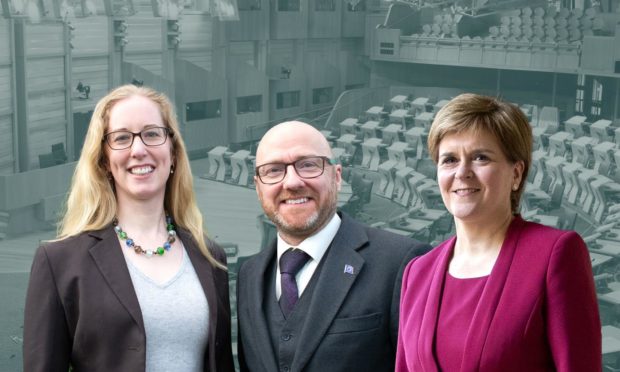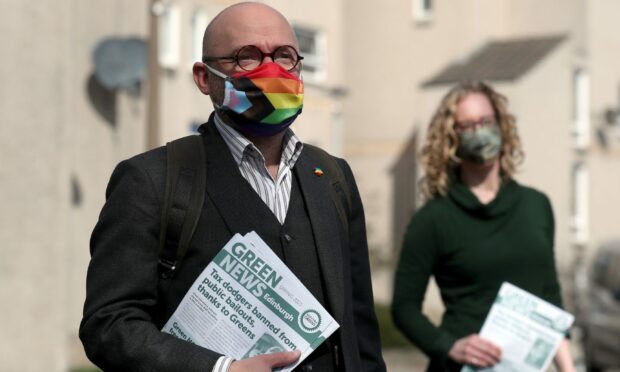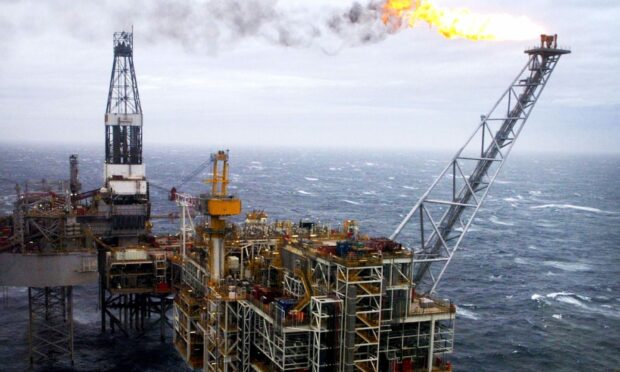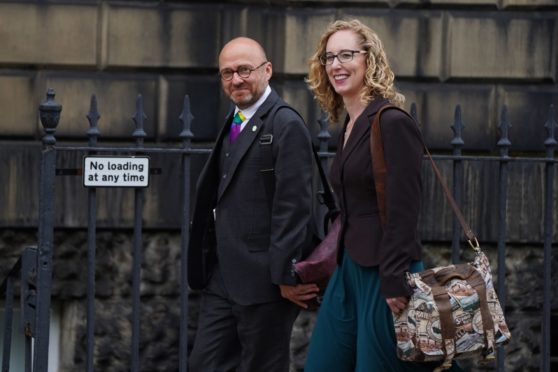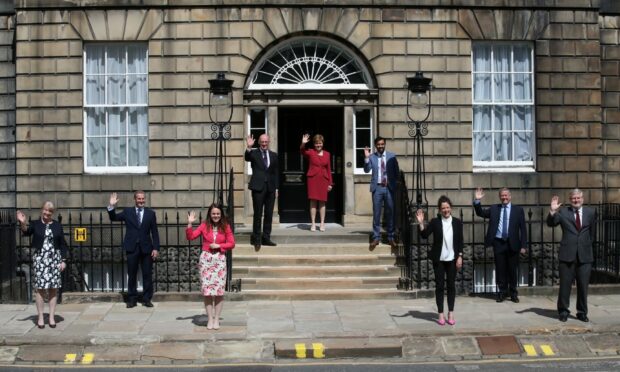SNP and Green party leaders have published their terms to work together in a landmark deal for government in Scotland. But what does it mean for you and the future running of the country?
Ms Sturgeon revealed the outcome of the plans on August 20, paving the way for two Green MSP in a position of national power for the first time in the UK.
Both parties were locked in protracted talks since the Scottish Parliament election in May.
Potential sticking points included the future of energy policy, including the crucial role of oil and gas in Scotland’s economy.
The two parties are already agreed on support for independence, giving them added weight in calling for another referendum.
Their confirmed proposal for closer working means:
- A combined effort on getting a second independence referendum.
- Boost spending on “active” travel, while reviewing major schemes such as dualling the A96.
- Increase child social security payments.
- Create a new national park.
- Invest more in affordable housing and establish “effective” rent controls.
- Appoint two Greens to government, as yet unnamed.
Ms Sturgeon said: “The publication of this agreement today undoubtedly marks a historic moment.
“It recognises that business as usual is not good enough in the times we are living through.”
Greens co-leader Patrick Harvie and Lorna Slater joined Ms Sturgeon outside the steps of the First Minister’s official residence in Edinburgh to formalise the deal.
Ms Slater – who was only elected to parliament three months ago – said: “The stakes could not be higher – with the COP26 climate conference coming to Glasgow, Scotland is in a position show real leadership on climate. But this deal is about people as well as the planet.”
How will it work in practice?
The system in New Zealand is being used to describe the new template for the Scottish Government, which we covered in detail during the talks.
In NZ, Jacinda Ardern’s centre-left Labour Party is in a partnership with the Greens.
It is described as somewhere between a coalition, like the previous Labour-Lib Dem Scottish executive, and a “confidence and supply” arrangement where two parties stay separate but back each other when needed to get key legislation and budgets over the line.
The SNP and Green agreement covers the full range of policy areas under Scottish Parliament control.
Here are some of the main areas:
Transport and the A96
Both parties have agreed to differ on the future of the trunk road between Aberdeen and Inverness.
Plans will go ahead to improve safety, dual the road from Inverness to Nairn and bypass towns.
But the plan to fully dual the route will be reviewed to include impact on the climate. A report on that is due at the end of next year.
The parties agreed to look at a rail link which would reconnect Aberdeen to Ellon and potentially Peterhead and Fraserburgh.
Energy and environment
Climate change put energy at the front of the plans. The SNP and Greens sidestepped the tricky issue of new oil fields by pointing out those decisions are held at Westminster.
They agreed a 10-year plan worth £500 million for a “just transition” in the north-east.
It aims to support and “accelerate” the move from reliance on oil and gas to “net zero”.
They want to build more onshore wind turbines and support the growth of marine renewables.
The deal also lays the ground for a new national park by the end of this parliamentary session, although it does not say where.
Woodland will be increased and farmers will be encouraged to a more low-emission standard in agriculture.
They will tackle the “concentration” of land ownership in rural and urban areas. A public interest test will apply to transfers of large scale land holdings, and the Scottish Land Fund will double to £20m a year.
Housing
The deal commits to phasing out the need for new or replacement fossil fuel boilers by 2030. Public subsidies will end immediately for oil and LPG boilers.
Tenants rights will be strengthened with a new housing regulator.
Around 110,000 “affordable” homes will be delivered by 2032, of which 70% will be for social rent.
The deal also commits to a weekly £20 Scottish Child Payment – something which poverty campaigners have been calling for.
Gender recognition act
This has been a contentious area at parliament, centred on trans gender rights, equality and women’s rights under current legislation.
Both parties now agree to introduce an Act to make it easier for transgender people to get legal recognition.
How did we get to this point?
The First Minister announced talks would begin on May 26.
In a speech in the Scottish Parliament, she revealed: “The key point for today is that we are both agreeing to come out of our comfort zones to find new ways of working for the common good.”
Informal talks were held after the Holyrood election on May 6 but neither party had committed to anything more formal in the run up to the vote.
It’s not just about Green policies and the global climate conference in Glasgow this November.
The SNP and Greens together have a pro-independence majority at Holyrood, which could put more pressure on Prime Minister Boris Johnson to address calls for a second Scottish independence referendum.
SNP insiders say they hope the deal will cement the “legitimacy” of the majority. They also think it will wrong-foot opponents such as Labour in Holyrood, forcing them to re-think alliances across the chamber.
One senior Nationalist said the deal draws a line under a “toxic” end to the last parliamentary session and points to better co-operation on major issues.
Read more from the politics team
Nicola Sturgeon ‘hiding’ behind Boris Johnson in call to review oil and gas plans
Scotland’s climate crisis: Broken promises and what the Scottish Government plans to do next
